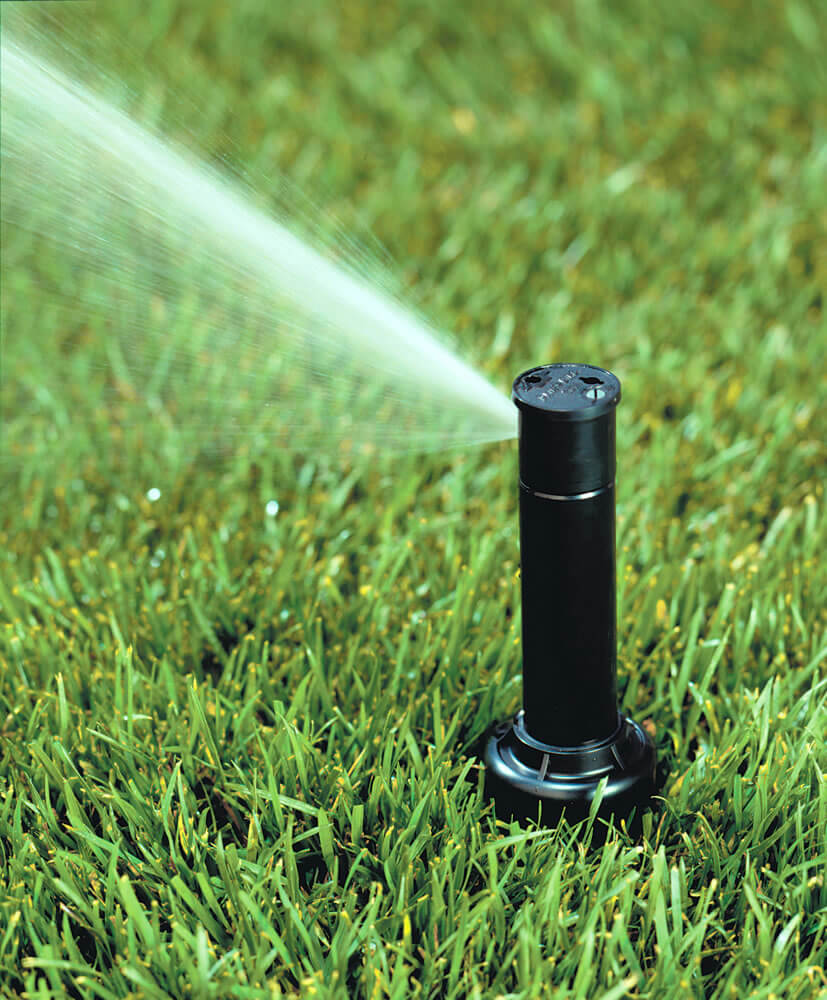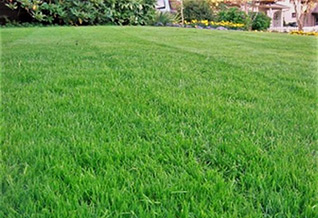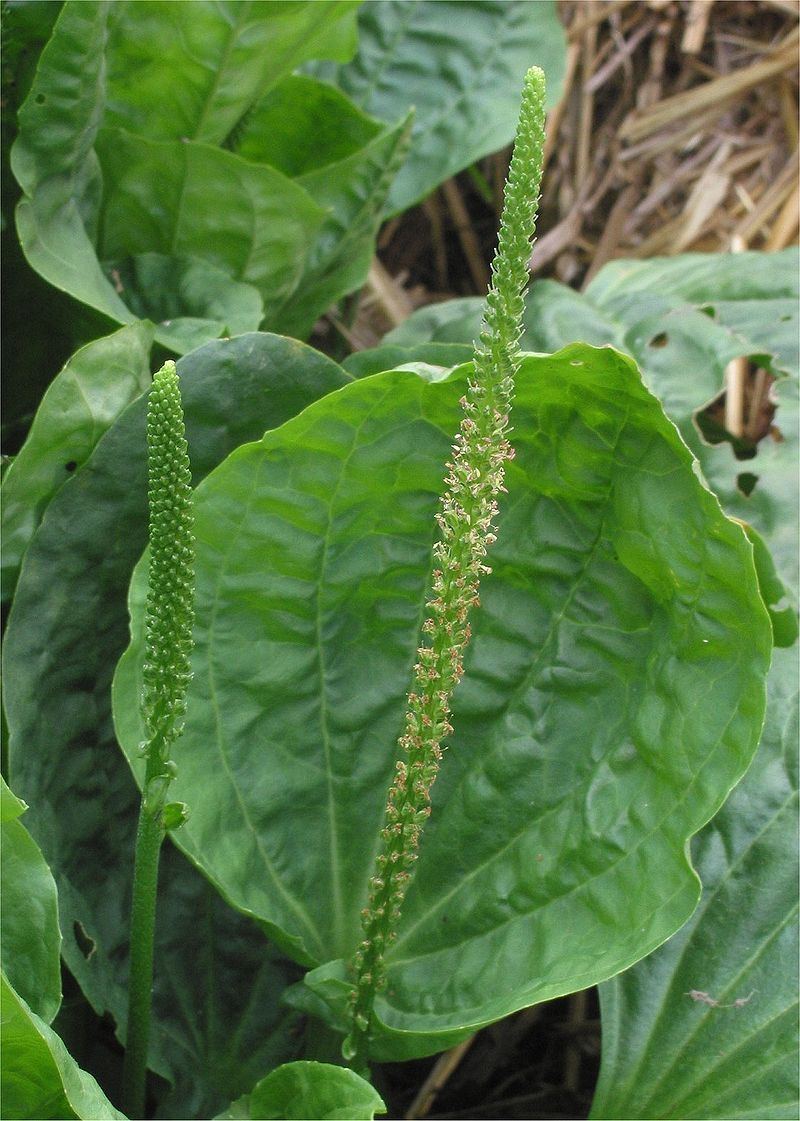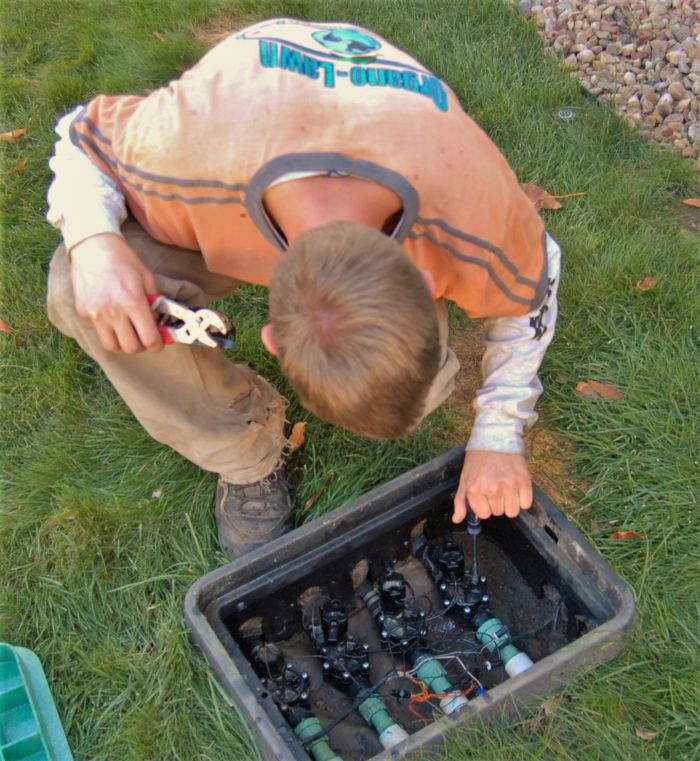What is Power Raking?
A power rake is a machine that physically removes thatch from a lawn. This machine is similar in size to an aerator or a lawn mower. This service is not to be confused with a simple hand-raking of the lawn.What is thatch?
Thatch is the layer of a tightly intermingled stems, leaves and grass roots, which accumulates between the vegetation and the soil in your lawn.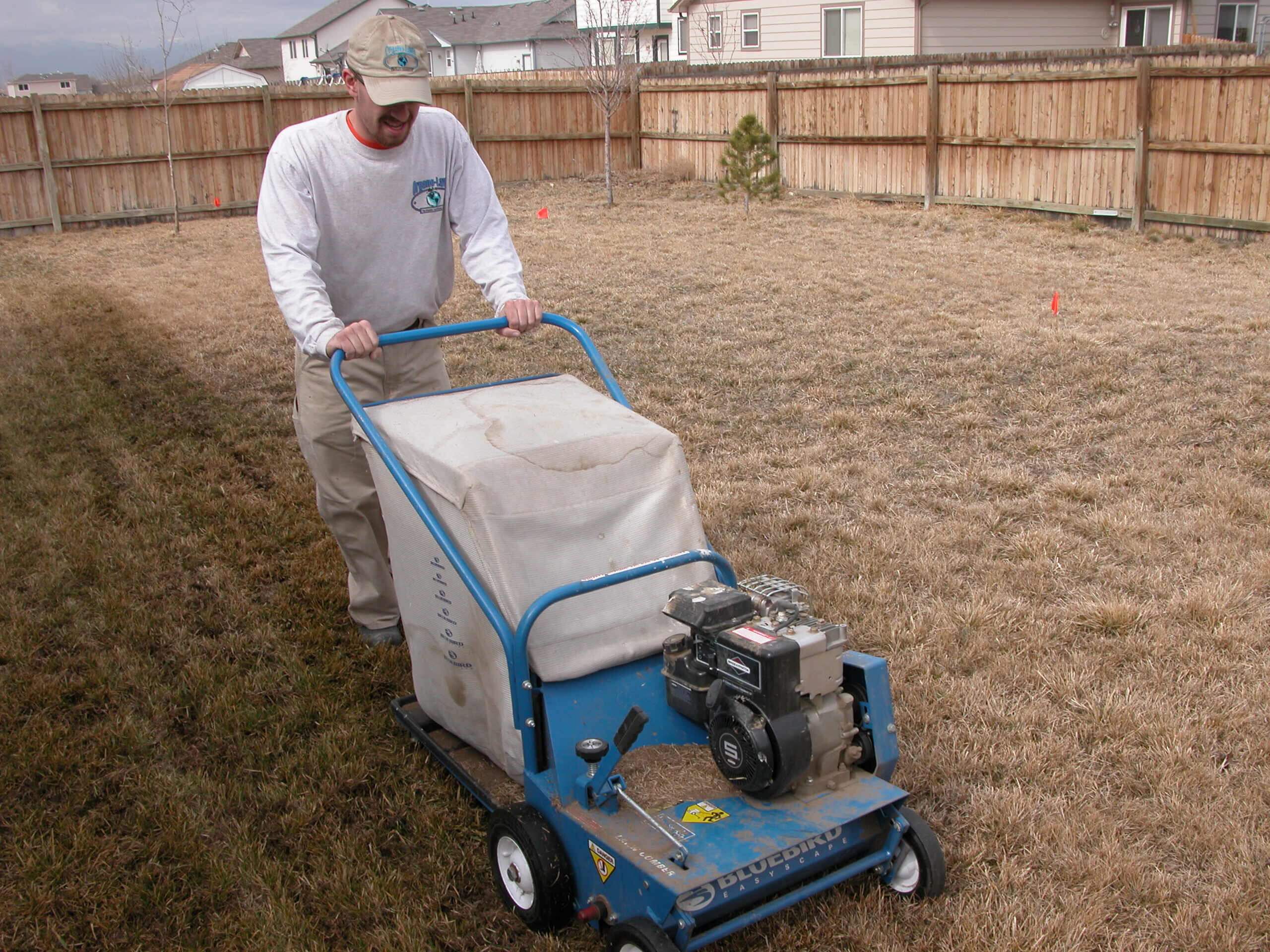
Does my lawn need to be power raked?
A power rake seldom needs to be performed in a lawn; but this spring lawn care service in Boulder and Fort Collins can become very necessary in rare cases. If the thatch layer in the lawn is greater than ¾” or one inch, it is a candidate to be removed via power raking. 99%+ of lawns do not need a lawn de-thatching service. In fact a power rake can cause a lot of harm to a lawn if not done properly by a lawn care professional. If you think you need a power rake or de-thatching of your lawn, please continue reading before ordering this service.Why is thatch a problem in my lawn?
Too much thatch increases the turf’s susceptibility to diseases, reduces its tolerance to drought, cold, and heat; and hinders the movement of air, water, fertilizers, and nutrients into the soil. In severe cases roots of the grass will only take root in the thatch layer making the turf extremely susceptible to drought and heat stress. Some thatch is good. ½ inch or less is a normal amount of thatch and can act as insulation helping to prevent evaporation from the soil.Why do I have excess thatch in my lawn?
Thatch accumulation is a symptom of a problem and that problem is the absence of microbial activity or a dead soil.Thatch will accumulate if the production of dead material exceeds the ability of the beneficial microorganisms to break down the organic matter into elemental components. Thatch build-up increases when there is an absence of beneficial microbial activity. Dead soils lack microbial activity and these microbes eat and decompose thatch. Dead soils can occur if there is poor soil aeration and drainage, improper watering practices, cold temperatures, the use of some pesticides, and the use of fast release chemical fertilizers. We most often see an excessive thatch layer accumulate in a lawn when the sprinkler system is set to water on a daily basis. After corrections are made to the lawn watering and organic fertilization applications are performed the lawn will often look worse before it looks better. This is because the grass roots are very shallow and are often only growing in the thatch layer instead of the soil. When the watering is corrected the grass may look dry until the roots begin growing into the soil instead of the thatch layer.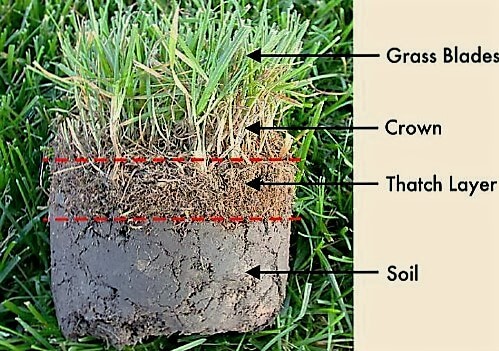
What if it is not the right time of year for a power rake?
There are other services that you can do for your lawn if we are outside the power raking window. Other professional lawn care services that will help increase microbial activity and reduce thatch problems include: Double Aeration, sprinkler audit, adjustment in lawn care cultural practices (mowing tall), and a Humate application. A lawn de-thatching service is rarely necessary and only recommended in severe cases.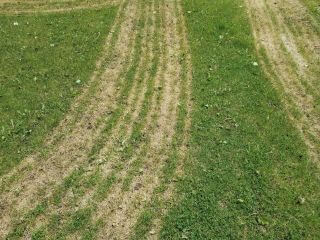
What is the best time of year to power rake?
Power raking should only be performed before the lawn greens up, in late winter or early spring. Typically power raking is performed in early March. In the Boulder and Fort Collins area, lawns tend to begin to turn green during the months of March and early April. The best time to power rake a lawn in Colorado is from March 1st –March 31st. The lawn has to be dry, mowed very short, and mostly still dormant. Power raking should only be performed on a lawn that is currently dormant and will come out of dormancy within a few weeks after the power rake has been completed. The ideal time to power rake is typically around the first few weeks of March but this depends if it has not rained or snowed recently. Power raking will do damage to the lawn, but it will recover quickly if performed in early March and followed up with proper organic fertilization and proper deep watering.What causes thatch build-up in a lawn and how do I get rid of it?
Too much thatch is a symptom of a bigger problem and that problem is the absence of beneficial microbial activity. Power raking is not a cure for a thatch problem. The cure is rebuilding the soil’s microbial activity. A power rake is only a tool that professional lawn care companies use to reduce the symptoms of a bad thatch problem and is not a long term fix for eliminating thatch buildup. When a severe thatch layer is discovered, the first step to fixing the problem is to increase the beneficial microbial activity in the soil. The best methods of increasing microbial activity in the soil is by using plant based organic fertilizers, core aeration, having Organo-Lawn perform a professional sprinkler audit, and by adding a microorganism stimulant like Humate and MDS Super Tea to the lawn. It is important to remember that it may take months to rebuild the microbial activity in the soil and it typically takes one year to fully rebuild a soil’s microbial population. Always contact your local lawn care service, Organo-Lawn, prior to power raking or dethatching your lawn. More than 99% of lawns do not to be power raked and therefore it is important to properly assess your lawn’s thatch layer prior to ordering this lawn care service. Improper power raking or dethatching can severely damage a lawn.